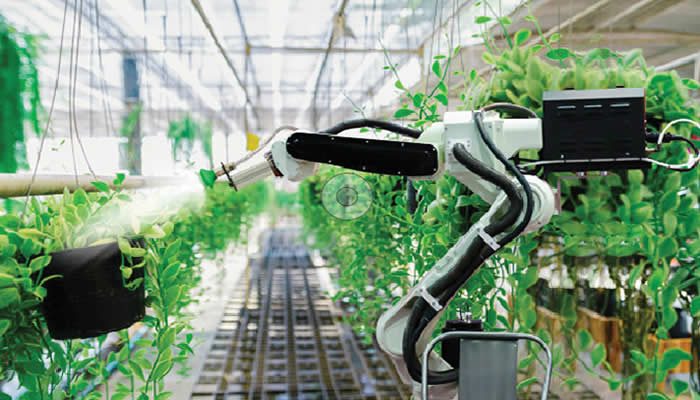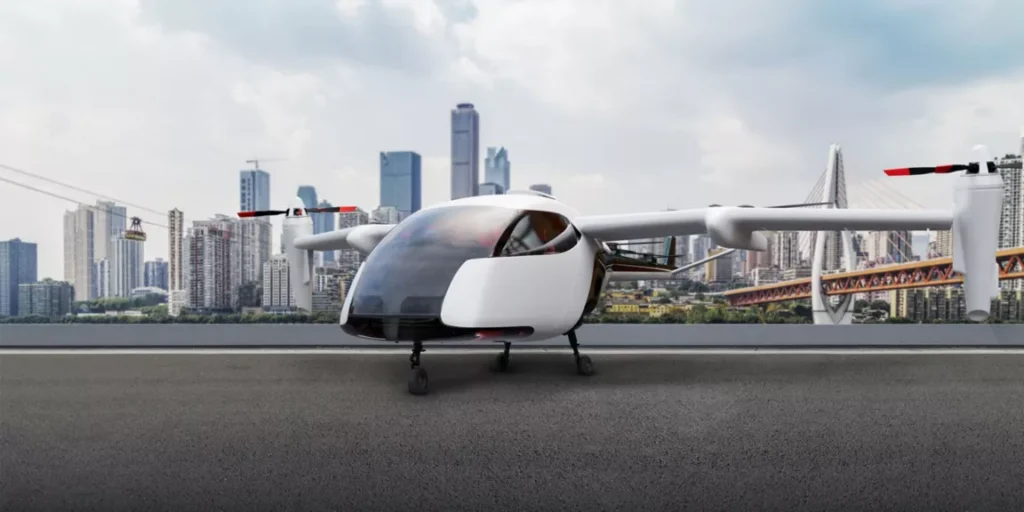The agricultural industry is undergoing a transformation driven by advancements in technology. One of the most promising innovations in this space is robotics, which is playing a critical role in enhancing precision agriculture. By leveraging robotics, farmers can optimize various aspects of farming, from planting and irrigation to pest control and harvesting. The result is higher crop yields, reduced costs, and more sustainable agricultural practices.
Precision agriculture is all about using technology to monitor and manage crops with the goal of maximizing yields while minimizing inputs such as water, fertilizer, and pesticides. Robotics has become a key tool in this approach, offering farmers the ability to perform tasks with greater accuracy and efficiency than traditional methods. These robots are equipped with advanced sensors, artificial intelligence (AI), and machine learning algorithms that allow them to collect data and make real-time decisions based on environmental conditions and crop health.
One of the main areas where robotics is making an impact is in planting and seeding. Autonomous planting robots, such as those designed for precise seed placement, can plant seeds at optimal depths and spacing, ensuring that each plant has the best possible start. This precision reduces seed wastage and enhances crop density, leading to higher yields per acre. In addition, robotics can be integrated with GPS technology to ensure that planting follows precise patterns, which is crucial for managing soil fertility and reducing the risk of over-planting or under-planting.
Robots are also revolutionizing the way crops are irrigated. With water being one of the most valuable resources in agriculture, efficient irrigation is critical for optimizing crop yields. Autonomous irrigation systems, powered by robotics, can deliver water precisely where it’s needed, reducing water waste and ensuring that plants receive the right amount of hydration at the right time. These systems often use sensors to monitor soil moisture levels, adjusting water flow in real time based on the needs of the plants. By using robotics to optimize irrigation, farmers can improve water use efficiency, which is especially important in regions facing water scarcity.
Pest and weed control is another area where robotics is playing a transformative role. Autonomous robots equipped with AI-driven vision systems can identify and target pests and weeds with remarkable precision. These robots can distinguish between crops and unwanted plants, allowing them to apply pesticides or herbicides only where needed, rather than blanket spraying entire fields. This not only reduces the amount of chemicals used but also helps protect beneficial insects and pollinators, contributing to more sustainable farming practices. By focusing on individual plants, these robots can help farmers manage pests more effectively and maintain a healthy, thriving crop.
In addition to pest control, robotics is also being used to monitor crop health and detect early signs of disease or nutrient deficiencies. Drones, for instance, can fly over fields and use infrared sensors to capture images of the crops. These images are then analyzed by AI algorithms that can identify patterns indicative of stress, disease, or pest infestation. This early detection allows farmers to take action before the issue becomes widespread, preventing crop loss and reducing the need for heavy chemical treatments.
The harvesting process, traditionally one of the most labor-intensive tasks in agriculture, is also being revolutionized by robotics. Autonomous harvesters, equipped with sophisticated sensors and AI, can harvest crops at the optimal time, ensuring that the yield is of the highest quality. These robots are designed to handle delicate crops, such as fruits and vegetables, without damaging them, which is a common challenge with human labor. By automating the harvesting process, farmers can reduce labor costs and improve harvesting efficiency, particularly during peak seasons when labor shortages are common.
One of the biggest advantages of robotics in agriculture is the ability to collect and analyze vast amounts of data. Robots continuously monitor crops and the environment, providing farmers with valuable insights into plant health, soil conditions, weather patterns, and more. This data can be used to make informed decisions about crop management, leading to more precise interventions and better overall farm performance. The data collected by robots can also be integrated into larger agricultural management systems, allowing farmers to track performance over time and optimize operations for maximum yield.
Despite the many benefits of robotics in agriculture, there are challenges to widespread adoption. The cost of robotic systems can be a significant barrier for small-scale farmers, though the price is expected to decrease over time as technology improves and becomes more widely available. Additionally, farmers may need training to effectively operate and maintain robotic systems, which could require upfront investment in education and resources. There are also concerns about the impact of automation on the agricultural workforce, as robots may replace some manual labor roles, leading to job displacement in rural areas.
As robotics continues to advance, the future of precision agriculture looks bright. Robots are already helping farmers improve productivity, reduce waste, and manage resources more effectively. As technology continues to evolve, we can expect even more innovative solutions that will further enhance crop yields and make agriculture more sustainable. From reducing the environmental impact of farming to increasing the efficiency of labor, robotics is poised to play an even greater role in the future of global food production. The key will be finding ways to make these technologies accessible and affordable for all farmers, ensuring that the benefits of robotics are realized across the entire agricultural industry.
From Our Editorial Team
Our Editorial team comprises of over 15 highly motivated bunch of individuals, who work tirelessly to get the most sought after curated content for our subscribers.




